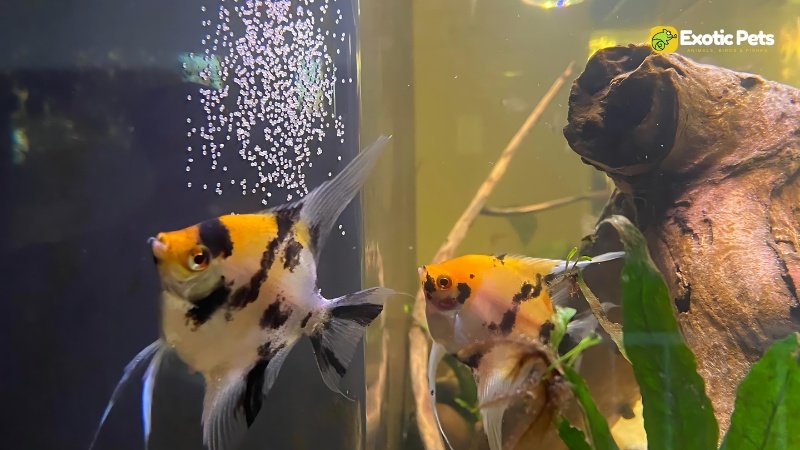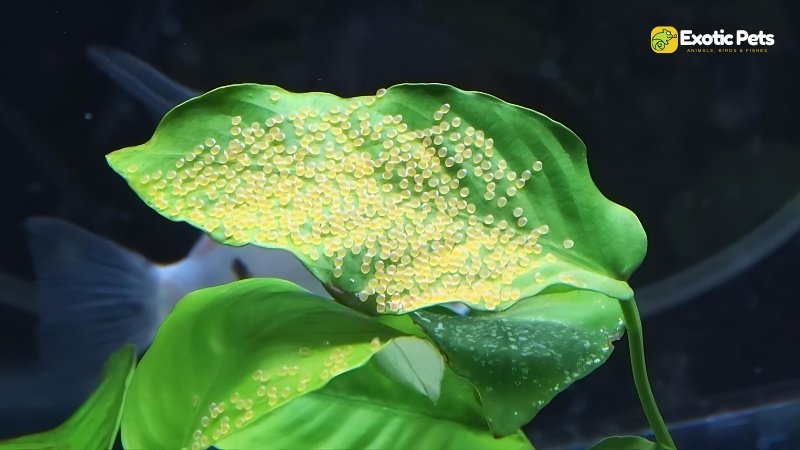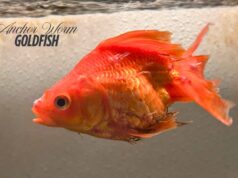
Determining whether angelfish eggs are fertilized involves careful observation and understanding of the breeding process. Here’s a detailed guide based on extensive research from various sources to help you identify fertilized angelfish eggs and provide insights into promoting a successful hatch:
Who Needs This Information?
This guide is essential for:
- Angelfish breeders: Whether you’re a novice or experienced, knowing the signs of fertilization is crucial for successful breeding programs.
- Aquarium hobbyists: Even if you aren’t actively breeding, understanding egg development can enrich your knowledge of angelfish behavior and biology.
- Curious minds: Anyone fascinated by the lifecycle of these beautiful fish will find this guide informative and engaging.
What are the Signs of Fertilized Angelfish Eggs?

Identifying fertilized angelfish eggs involves observing several key factors:
Appearance
Freshly laid, fertile eggs have a translucent amber hue, resembling tiny jewels. As the embryo develops, the eggs gradually darken, shifting to shades of brown or gray. Healthy, fertilized eggs maintain a consistent, round shape, appearing plump and full. In contrast, infertile eggs may appear distorted or deflated, lacking the vitality of their fertile counterparts.
The texture of a fertile egg is smooth and slightly shiny, akin to a tiny pearl. Unfertilized eggs, on the other hand, quickly succumb to white, fuzzy fungal growth. This is a key indicator of infertility, and these eggs should be promptly removed to prevent the fungus from spreading and affecting healthy eggs.
Development
Within a day or two after being laid, tiny black dots become visible within the egg. These are the developing eyes of the fry, a strong sign of fertilization and healthy development. As the embryo grows and becomes more active, you may observe slight movement or twitching within the egg around the 48-72 hour mark. This is another positive indication of a viable embryo.
In the later stages of development (around 72-96 hours), a tiny tail may emerge from the egg. This is a clear indication that the fry is nearing hatching, a culmination of successful fertilization and healthy development.
When to Expect Hatching of Angelfish Eggs?
Under optimal conditions (around 80°F or 27°C), angelfish eggs typically hatch within 60-72 hours. However, the exact timing can vary depending on temperature, water quality, and individual fish.
Where Do Angelfish Lay Eggs?

Angelfish are substrate spawners, meaning they lay their eggs on a surface. They often choose:
- Broad leaves: Amazon swords, Anubias, or other large-leafed plants
- Flat surfaces: Aquarium glass, slate, or specially designed spawning cones
- Cave-like structures: Some pairs prefer secluded spots for spawning
Why is it Important to Identify Fertilized Eggs?
Identifying fertilized eggs allows you to:
- Separate eggs: If you want to raise the fry separately, you’ll need to identify and remove the fertilized eggs.
- Monitor development: Tracking the progress of fertilized eggs can help you anticipate hatching and prepare accordingly.
- Troubleshoot issues: If eggs don’t develop as expected, you can take steps to improve conditions or identify potential problems.
Also Read: Common Angelfish Diseases and Illnesses with Treatment
Troubleshooting Common Issues with Angelfish Eggs
- Eggs turning white: This often indicates fungal growth on unfertilized eggs. Remove them promptly to prevent the spread of the fungus.
- Eggs disappearing: The parents may be eating the eggs if they feel threatened or if the eggs are infertile.
- Eggs not hatching: Temperature fluctuations, poor water quality, or genetic issues can lead to hatching failures.
Conclusion
By understanding the signs of fertilization and following the tips in this guide, you can increase your chances of successfully raising healthy angelfish fry. Remember, patience and careful observation are key to the breeding process. Don’t get discouraged by setbacks – each experience is a learning opportunity.
Remember: The information in this guide is based on general observations and personal experience. Individual angelfish pairs may exhibit slight variations in behavior and egg development. This comprehensive guide proves to be a valuable resource for you on your angelfish breeding journey!










